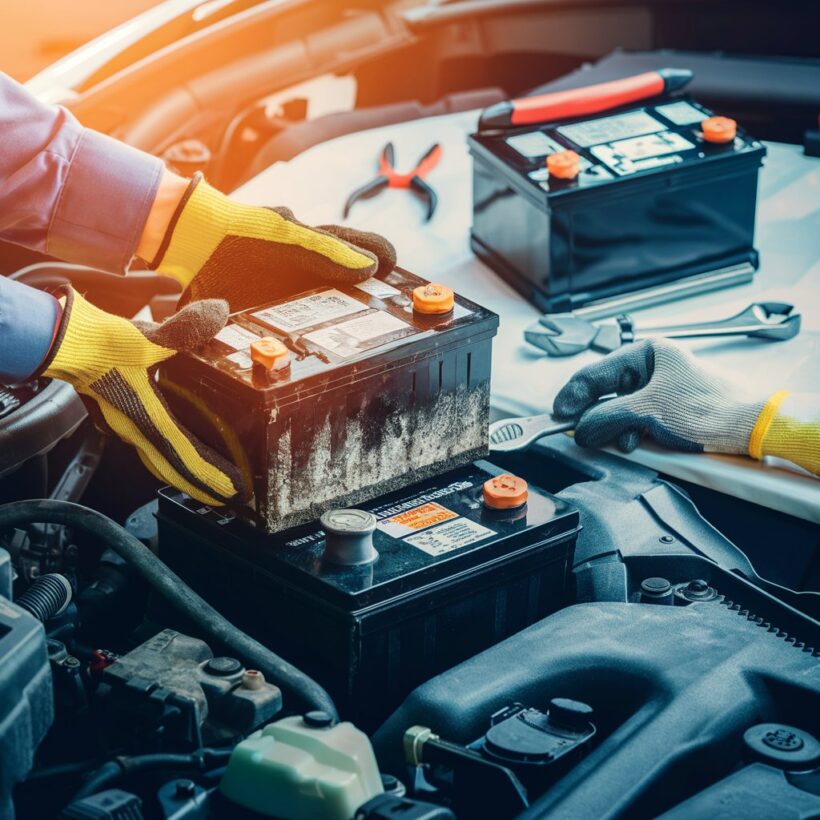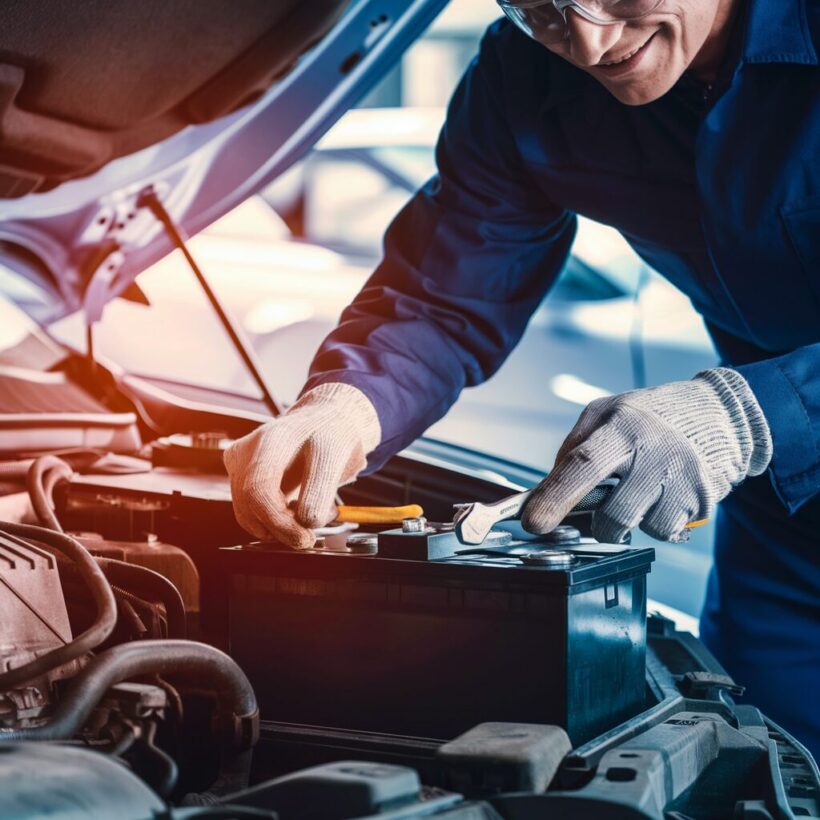In today’s fast-paced world, getting stranded with a dead battery is more than just an inconvenience; it’s a disruption that can throw off your entire day. Whether you’re heading to an important meeting, picking up the kids from school, or embarking on a long-awaited road trip, the last thing you need is battery trouble. Thankfully, with the right knowledge and tools, replacing your battery can be a swift and straightforward process.
This blog post will provide you with 15 essential tips for SMC Battery Replacement quickly, ensuring you’re back on the road in no time. From understanding when it’s time for a replacement to choosing the right battery and tools, we’ve got you covered. Plus, we’ll delve into some frequently asked questions to help you navigate through any battery replacement challenges.
10 Tips for Replacing Your Battery Quickly

1. Recognize the Signs of a Failing Battery
Understanding the warning signs of a battery nearing the end of its life can save you from unexpected failures. Look out for slow engine crank, dimming headlights, and the age of the battery. Most batteries need replacement every 3-5 years.
2. Choose the Right Replacement Battery
Select a battery that matches your vehicle’s specifications for size, type (lead-acid or AGM), and power requirements. A mismatch can lead to poor performance or damage to your vehicle’s electrical system.
3. Prepare Your Tools and Safety Gear
Before you start, gather all necessary tools such as wrenches, pliers, and a battery brush. Also, wear appropriate safety gear like gloves and safety glasses to protect yourself from battery acid.
4. Remove the Old Battery
Turn off your vehicle and remove the keys. Disconnect the negative terminal first to minimize the risk of electrical shorts, followed by the positive terminal. Unfasten any clamps or bars holding the battery in place, and carefully lift it out of the battery tray.
5. Clean the Battery Tray and Terminals
Corrosion and dirt on the battery tray and terminals can hinder the performance of your new battery. Use a battery cleaning solution or a mixture of baking soda and water to clean these areas thoroughly.
6. Install the New Battery
Place the new battery in the tray, ensuring it’s oriented correctly. Secure it with clamps or bars. Connect the positive terminal first, then the negative terminal. Apply a thin layer of petroleum jelly on the terminals to prevent corrosion.
7. Check the Battery Connection
Ensure the connections are tight and secure. A loose connection can cause your car not to start or electrical components to malfunction.
8. Test the Battery
Start your vehicle to ensure the battery is functioning correctly. Check that all electrical components are working and the battery indicator light is off.
9. Dispose of the Old Battery Properly
Car batteries contain harmful chemicals and should not be thrown in the trash. Take your old battery to a recycling center or an auto parts store that offers recycling services.
10. Maintain Your New Battery
To extend the life of your new battery, keep it clean and check the connections regularly. Avoid short trips that prevent the battery from fully charging, and consider using a battery maintainer if you plan to not use your vehicle for an extended period.
11. Understand Your Battery Warranty
Before purchasing a new battery, be sure to understand the warranty provided. Some batteries come with a prorated warranty that can save you money if the battery fails prematurely. Keep your receipt and warranty information in a safe place to facilitate any necessary warranty claims.
12. Use a Memory Saver Device
When replacing your battery, consider using a memory saver device to preserve your vehicle’s electronic settings such as the radio, seat configurations, and other personalized settings. This simple tool plugs into your vehicle’s OBD-II port, using an external power source to maintain power to the vehicle’s electronics while the battery is replaced.
13. Inspect and Replace Battery Cables if Necessary
While replacing your battery, take the opportunity to inspect the battery cables and terminals for wear and corrosion. If the cables are frayed, damaged, or heavily corroded, replacing them can prevent future electrical issues and ensure a solid connection to your new battery.
14. Relearn Vehicle Electronics Post-Installation
Some modern vehicles require a relearning process for the electronic systems after a battery replacement. This process may involve driving the vehicle for a specific distance or time to allow the computer to recalibrate sensor readings. Consult your vehicle’s manual for specific relearning procedures.
15. Monitor Battery Health Regularly
Even after installation, it’s important to monitor your new battery’s health. Use a battery tester to check the charge and health of the battery periodically, especially before long trips or after it has been in use for several years. Regular monitoring can preemptively identify issues before they lead to failure.
By incorporating these additional tips into your battery replacement and maintenance routine, you can further reduce the likelihood of unexpected battery failure, maintain your vehicle’s electronic settings, and ensure that your vehicle remains in top operational condition.
FAQs
How do I know if my battery needs replacing or just charging?
If your vehicle struggles to start, test the battery with a voltmeter. A reading below 12.4 volts suggests it needs charging. However, if the battery frequently dies or doesn’t hold a charge, it’s likely time for a replacement.
Can I replace a car battery myself?
Yes, most people can replace a car battery themselves with basic tools and by following safety precautions. However, consult your vehicle’s manual or a professional if you’re unsure.
How long does it take to replace a car battery?
With the right tools and preparation, replacing a car battery can take as little as 15-30 minutes.
What is the cost of a new car battery?
The cost varies depending on the type and brand, but generally, you can expect to spend between $50 and $200 for a new car battery.
Conclusion
Replacing your car battery doesn’t have to be a daunting task. By following these 15 tips, you can ensure a quick and successful battery replacement, minimizing downtime and getting you back on the road swiftly. Remember, regular maintenance and understanding the signs of a failing battery can prevent unexpected breakdowns and extend the life of your battery.
If you’re looking for a reliable battery replacement service, consider SMC Battery Replacement, which offers convenient mobile car battery replacement services. Don’t let a dead battery disrupt your day stay prepared, and you’ll navigate this common vehicle maintenance task with ease.




